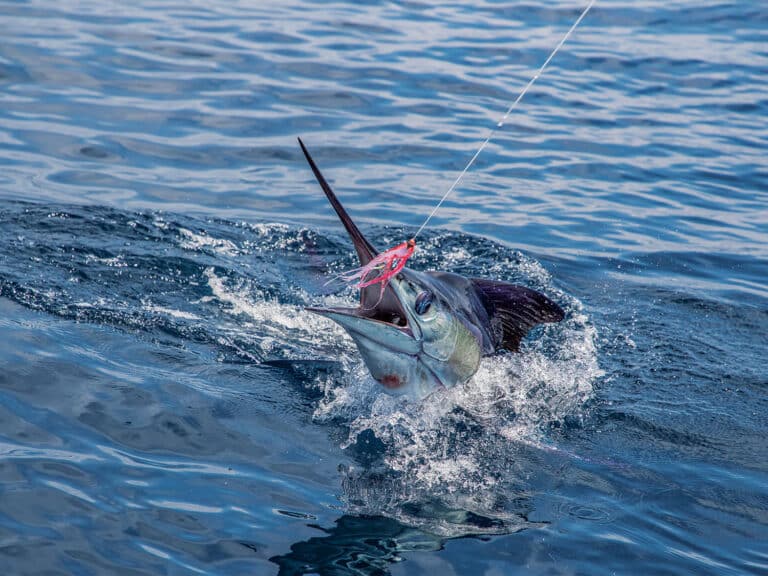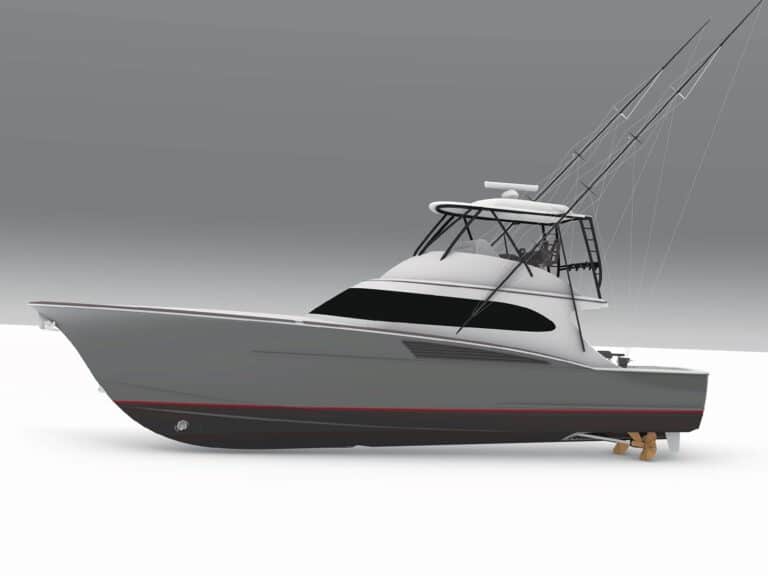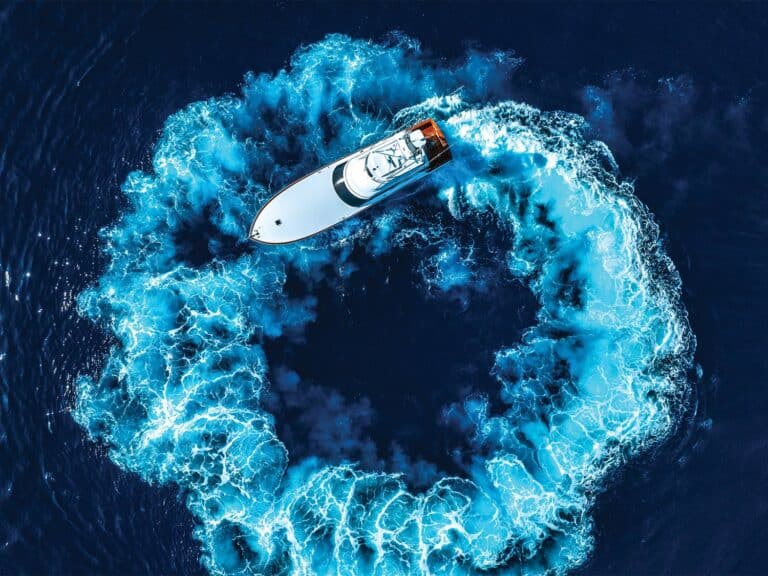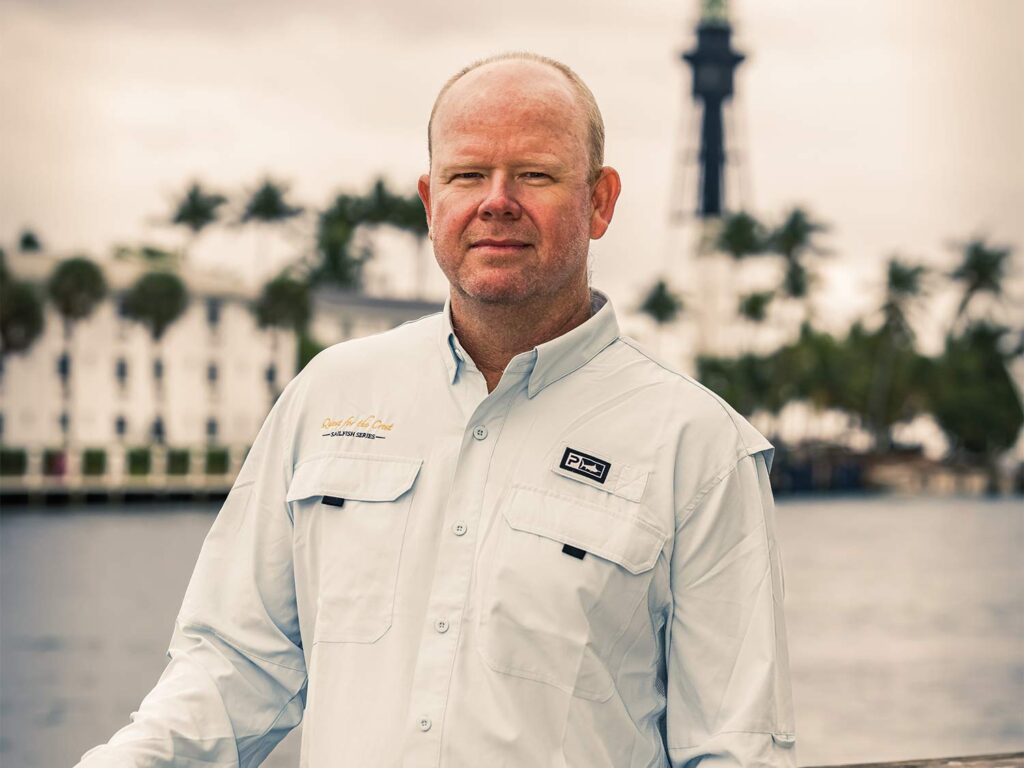
Special delivery: Sign up for the free Marlin email newsletter. Subscribe to Marlin magazine and get a year of highly collectible, keepsake editions – plus access to the digital edition and archives.
As tournament director for the popular Quest for the Crest Sailfish Series, as well as the Pompano Beach Saltwater Circuit summer series and the season-long Florida Sailfish Cup, Jamie Bunn is a busy man. What started as a part-time job in a tackle store in his hometown of Pompano Beach, Florida, led to the creation of the Saltwater Slam as well as the Sailfish Challenge, an event that is now celebrating its 20th anniversary. Bunn has always been fueled by competitive angling and a passion for the outdoors, which began with the now-defunct Pompano Beach Fishing Rodeo. While times have changed, that passion remains just as unwavering as when he was racing around the waters off Hillsboro Inlet as a teenager in a 19-foot Mako.
Q: How did the concept for the Quest for the Crest come about?
A: The Sailfish Challenge was originally called the Billfish Challenge, and it started as a one-day tournament for the construction industry. It was really popular and everyone loved the experience, plus we had already seen the success of the meat-fish series and wanted to replicate that on the sailfish side. We were able to bring that allure of a series to competitive sailfishing with three distinct events: Operation Sailfish in Palm Beach; the Sailfish Challenge, fishing out of three inlets from Palm Beach to Miami; and Final Sail in Miami. The Quest has been going for 11 years now.
Q: What are the main reasons for its popularity?
A: I feel that pretty much anyone can throw together a tournament, but to produce a premier event that satisfies both sides, the anglers and the sponsors, is a lot harder. I started off as a fisherman who enjoyed the competitive side of the sport and had the opportunity to parlay that into a career that started even before college and grew from there. And I’m very fortunate to have a great team as well. You can be the best tournament director in the world, but you’re nothing without a team who takes pride in contributing to the overall success of each event.
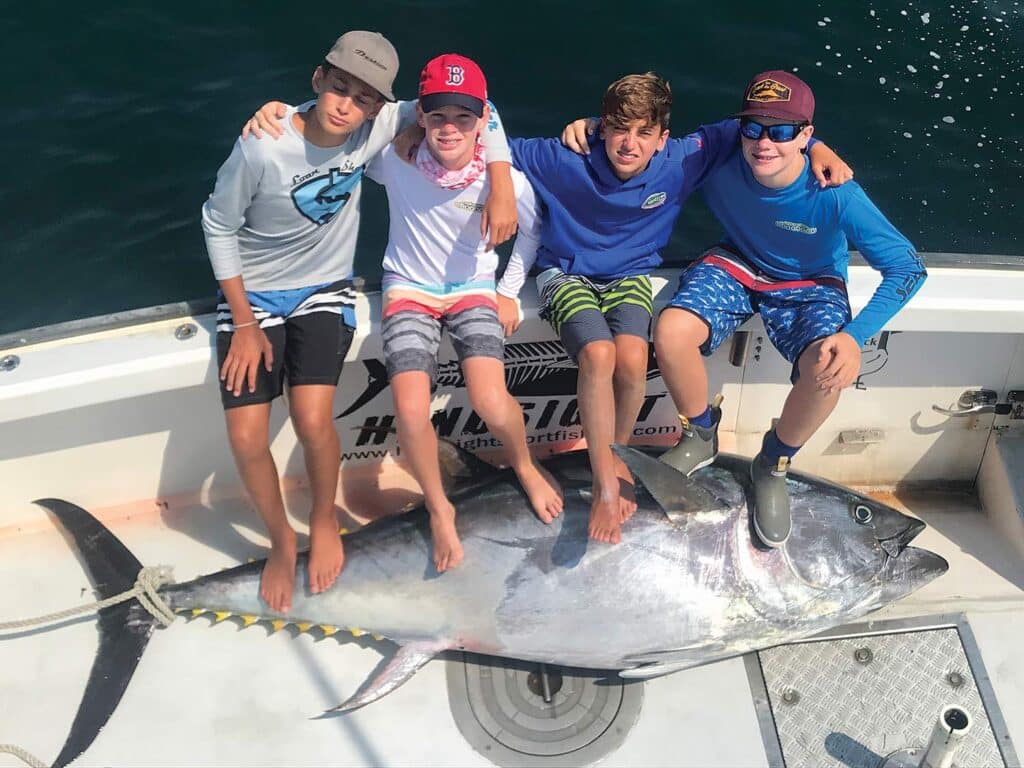
Q: Favorite fish story?
A: Three years ago, before the pandemic shut down everything, we took a trip up north with my two sons, my buddy Greg and his two kids. The boys have all grown up together and are best friends, and we had a chance to fish on a charter out of Cape Cod with a mutual friend of ours who splits his time between there and South Florida. The flat line goes off and we’re hooked up to a giant bluefin tuna, first thing in the morning. We all took turns fighting it on a bent-butt 130, but it just wouldn’t give up. Something like four hours later, with two harpoons and a flying gaff, we managed to get it in the boat. It weighed 602 pounds. It was an incredible fish, but even better was to share that experience with all the boys. Those memories are truly priceless.
Q: What’s your favorite destination and species?
A: I’d have to say Key West is a favorite. There’s just so much to do there fishing-wise, with the ocean on one side and the Gulf on the other. You can fish for sails, cobia and wahoo in the Gulf Stream, then there’s the Western Dry Rocks, muttons and permit on the wrecks, Pulley Ridge for deep-jigging, plus all the fun stuff to do on land. And my favorite kind of fishing has to be bottomfishing. It’s a pretty easy way to spend some time on the water, and you just never know what you’re going to catch. That’s the fun part for me.
Q: Outboard or inboard, which one has the edge in tournaments?
A: I don’t think that either one has a huge advantage. Our leaderboards always seem to be a mix of both. I think it’s more of a personal preference, whether you want the speed and 360-degree fishing of a center-console, or the height advantage and comfort of a 60- or 70-foot sport-fisherman, which is nice when you’re fishing in 6- to 8-foot seas with the Seakeeper on. In the right hands, though, either one can win.
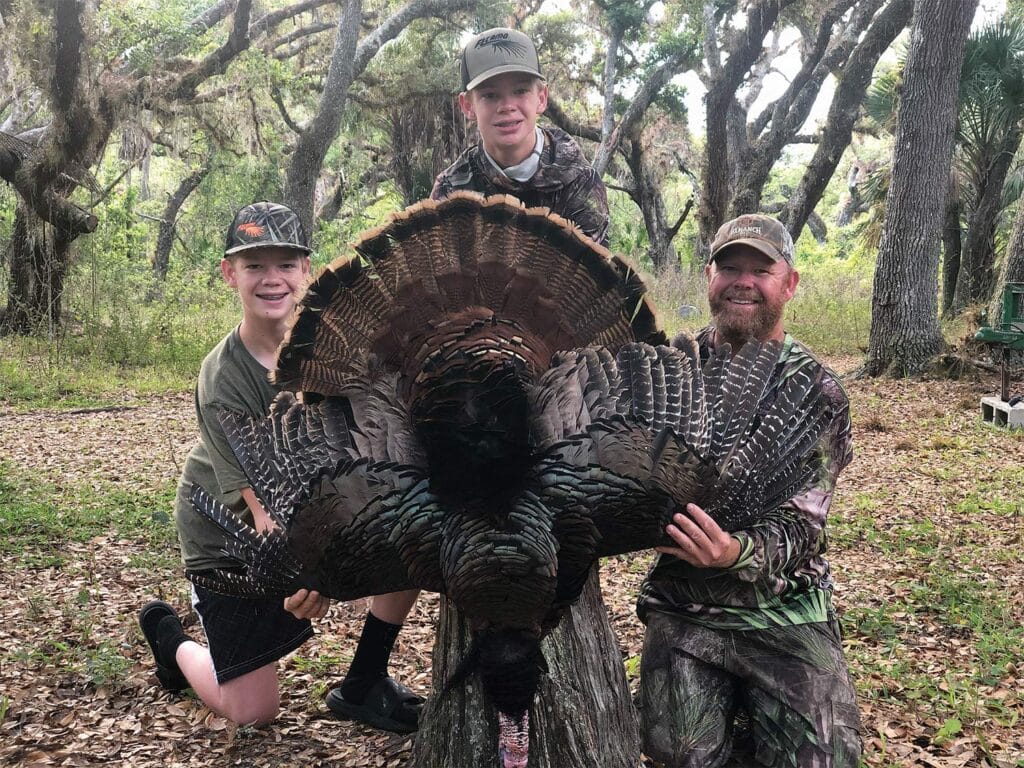
Q: What are some of the charities and conservation organizations that your events support?
A: I think it’s really important that we’re good partners in the community and that we’re paying it forward. Each event has its own charitable tie-in. With Operation Sailfish, we support Operation Home Front, which helps military members transition to civilian life. Sailfish Challenge benefits The Billfish Foundation and its conservation work—this year, the winning team will receive a TBF satellite tag in their name as well. And Final Sail contributes to Fishing for Muscular Dystrophy, which is an awesome program run by a fisherman named Paul Robertson, who himself has MD. We also support the IGFA, Mission Fishin’ and Captains for Clean Water, among others.
Q: What are the challenges you face these days?
A: The implementation of the 10-knot speed zones [for right whales] would be catastrophic, especially in places such as the Northeast and in the Gulf of Mexico, where you have to make those long runs. That’s one that keeps me awake at night. We are having more interactions with sharks, and that’s just getting worse each year. And the price of fuel is also a concern—even the smaller center-consoles can spend $1,000 or more to fill up for a weekend of fishing.
Read Next: Check out our listing of some of the world’s top tournaments here.
Q: Where do you feel competitive fishing is headed in the future?
A: I think that the future is bright for several reasons. First is the sheer volume of young adults who are passionate about fishing and also competitive angling. I remember what it was like to be 14 or 15, fishing the Pompano Rodeo. My buddies and I couldn’t wait until the next tournament came around—we looked forward to it the whole year. And while a lot of people are negative about social media, I feel that it also has some positive benefits as well. It’s very effective at fueling that excitement about fishing with your friends and to become more active in the outdoors, so I’ll take that trade-off. The future is in the hands of that next generation, and I think they’ll be good stewards of the sport.




